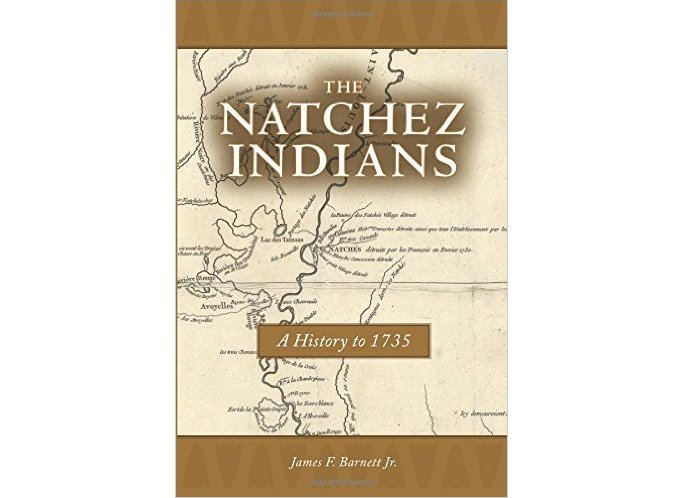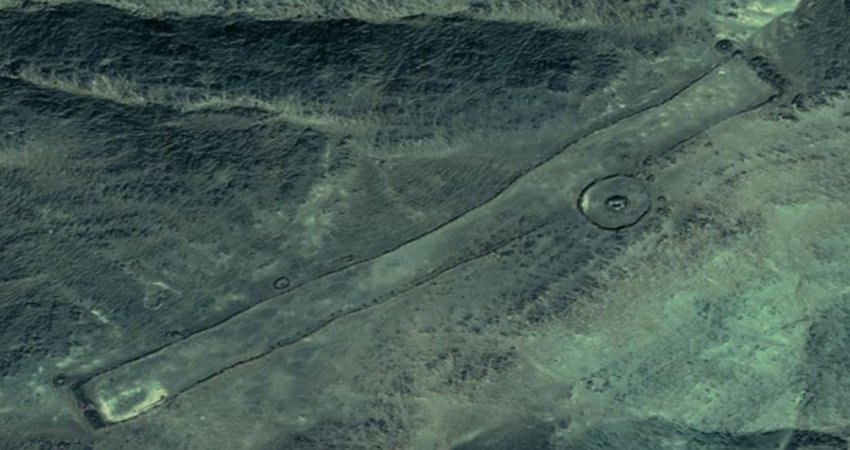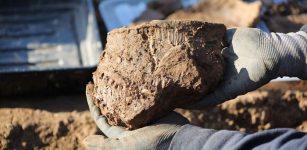Emerald Mound In The Ancient City Of Natchez: Second Largest Temple Mound In North America
MessageToEagle.com – In the ancient city of Natchez, Mississippi we encounter the Emerald Mound. It is the second largest temple mound in North America and it was built by prehistoric Natchez Indians of the lower Mississippi River Valley.
The Natchez Indian culture began as early as A.D. 700 and lasted until the 1730s when the tribe was dispersed in a war with the French. When the Frenchmen reached the area where the Natchez had created their homes, they noticed that each of Natches’ villages had a mound and the most significant of them all was the Emerald Mound.
Who Were The Natchez Indians?
The Natchez were Native Americans who originally lived in the Natchez Bluffs area, near the present-day city of Natchez, Mississippi. The name may originate from the people’s main village, Naches, meaning “Great (or Grand) Village.” Later as the tribe increased in size, the name was extended and included people living in other villages, as well as people captured or conquered by the Natchez.
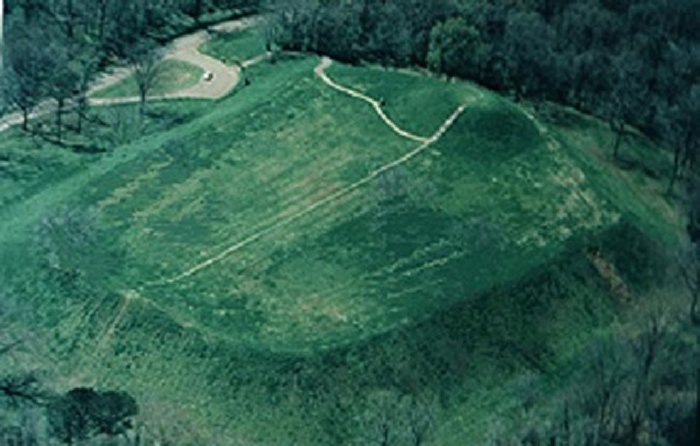
The ancestors of the Natchez were the Mound Builders. The Natchez were skilled artists, farmers, and traders who developed a unique culture. They were a rather peaceful tribe in general, but of course occasionally they too were involved in quarrels or wars with their neighbors.
The Natchez Had A Strict Class System
The Natchez had a matrilineal society and strict class system. The upper class consisted of “Suns,” nobles, and esteemed people. The commoners, or michmichgupi, made up the labor force.
The leadership passed from the chief, named “Great Sun”, to his sister’s son which ensured the chiefdom stayed within one clan. Their leader was in charge of all political as well as religious matters.
The Natchez Creation Story
Like all other Native American tribes, the Natchez creation story is based on the Great Spirit that according to the tribe’s beliefs is infinite.
With help of some little spirits, the Infinite Spirit created all good things on our planet and in the entire Universe. Some of the little spirits were evil and the Infinite Spirit tied up their leader so he could not harm other living beings.
The Natchez believed that prayer could invoke good spirits and prevent the evil ones from causing trouble.
The first man and woman were made of clay and they created by the Infinite Spirit.
Religious Rituals Of The Natchez And Their Chief Great Sun
The Natchez were sun worshippers and the Great Sun, the hereditary chief of the Natchez, was the ceremonial leader was regarded as a divine being.
The Great Sun held daily rituals in the sacred temples. He was responsible for always keeping the fire in the temple burning. No ordinary people were allowed to enter a temple, but they could leave offerings outside. The Great Sun dressed in rich clothes and was carried from place to place so his feet would never touch the ground. Only certain people were permitted into his presence, and they had to follow strict rules when approaching him.
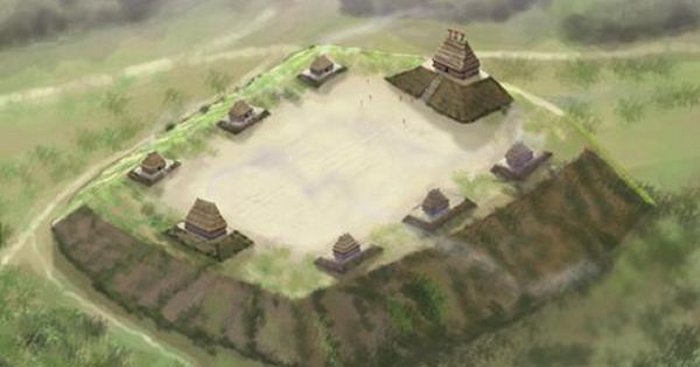
The Natchez practiced human sacrifice. Upon death of a chief, those people who had served the chief in life were expected to continue to serve him in death. Members of the Great Sun’s court were killed during his funeral so that they could accompany him into the next life.
See also:
Sacred Medicine Bundle With Relics Of The First Ancestors Or Given By The Gods
Wupatki Ruins And Sacred Sunset Crater Of Ancestral Puebloans In Arizona
More Fascinating Ancient Civilizations And Places
What Happened When The French Encountered The Natchez
The encounter with the French had a very unfortunate outcome for the Natchez.
It hasn’t been possible to determine the size of the Natchez tribe, but when the French arrived in the late 1600s, the Natchez had nine villages along the Mississippi River around St. Catherine’s Creek, as well as East and South of present-day Natchez, Mississippi. French priests had had no success in gaining converts among the Natchez, whose religious beliefs were strongly integrated into their social system.
The Natchez Indians: A History to 1735 is the story of the Natchez Indians as revealed through accounts of Spanish, English, and French explorers, missionaries, soldiers, and colonists, and in the archaeological record. Because of their strategic location on the Mississippi River, the Natchez Indians played a crucial part in the European struggle for control of the Lower Mississippi Valley. The book begins with the brief confrontation between the Hernando de Soto expedition and the powerful Quigualtam chiefdom, presumed ancestors of the Natchez. In the late seventeenth century, René-Robert Cavelier de La Salle’s expedition met the Natchez and initiated sustained European encroachment, exposing the tribe to sickness and the dangers of the Indian slave trade.
The Natchez Indians portrays the way that the Natchez coped with a rapidly changing world, became entangled with the political ambitions of two European superpowers, France and England, and eventually disappeared as a people. The author examines the shifting relationships among the tribe’s settlement districts and the settlement districts’ relationships with neighboring tribes and with the Europeans. The establishment of a French fort and burgeoning agricultural colony in their midst signaled the beginning of the end for the Natchez people. Barnett has written the most complete and detailed history of the Natchez to date. Read more
There was a lot of disagreement among the Natchez. Some of the villages were in favor of the arrival of the Europeans, others were not. The Natchez even executed six of their own war chiefs and three other people and sent their heads to the French governor. Relations were peaceful for some years, but when the Great Sun died the situation between the Natchez and French worsened.
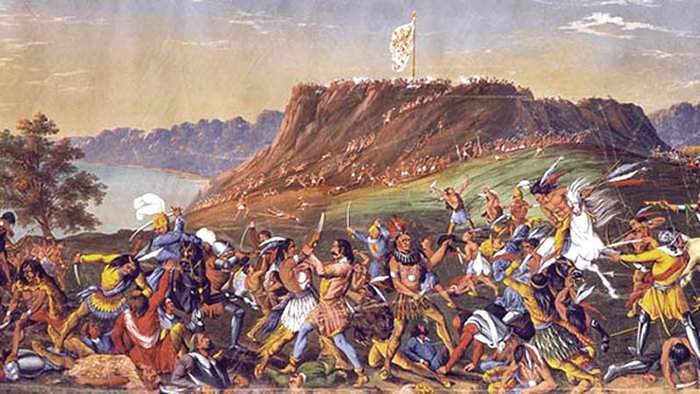
Historians estimate the Natchez numbered about 6,000, and were able to put from 1,000 to 1,200 warriors in the field. The Natchez engaged in three wars with the French, in 1716, 1722, and 1729. The last war was devastating and led to the end of the Natchez tribe. Some of the few surviving Natchez joined the Cherokee.
The Sacred Mounds Of The Natchez
The Natchez constructed several sacred mounds that served for burial and other purposes and often surrounded their towns with ditches and fortified walls.
There was a mound in each and one of their nine villages. The main mound was Emerald Mound. Grand Village had three mounds and these were the Great Sun’s Mound, the Temple Mound, and the Abandoned Mound.
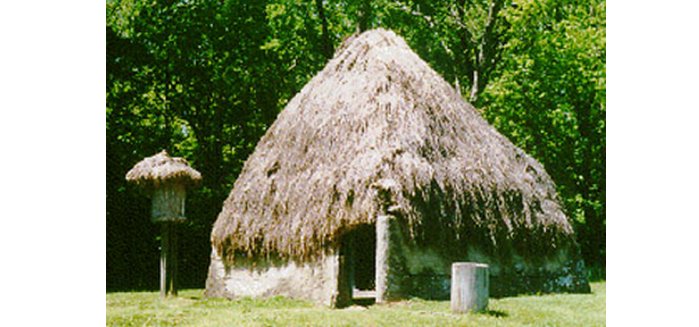
The Emerald Mound was most significant based on archaeological evidence it is believed its construction started in around 1250 A.D.
With a nearly pyramidal form to a flat topped surface, the Emerald Mound covers almost 8 acres. Atop the main mound, the Natchez built a series of smaller mounds to create a unique ceremonial complex. It is thought that the larger of these smaller or secondary mounds likely was the base for
the complex temple. The smaller ones were likely platforms upon which were built the homes of various chiefs and key leaders.
The mounds have long stood abandoned and unexplored. It was first in the 1830s that researchers began to seriously investigate the site.
There are still many things we do not know about the customs, traditions and religious beliefs of the Natchez, but further archaeological research can shed more light on the tribe’s ancient history and culture.
Copyright © MessageToEagle.com This material may not be published, broadcast, rewritten or redistributed in whole or part without the express written permission of MessageToEagle.com
Expand for references

